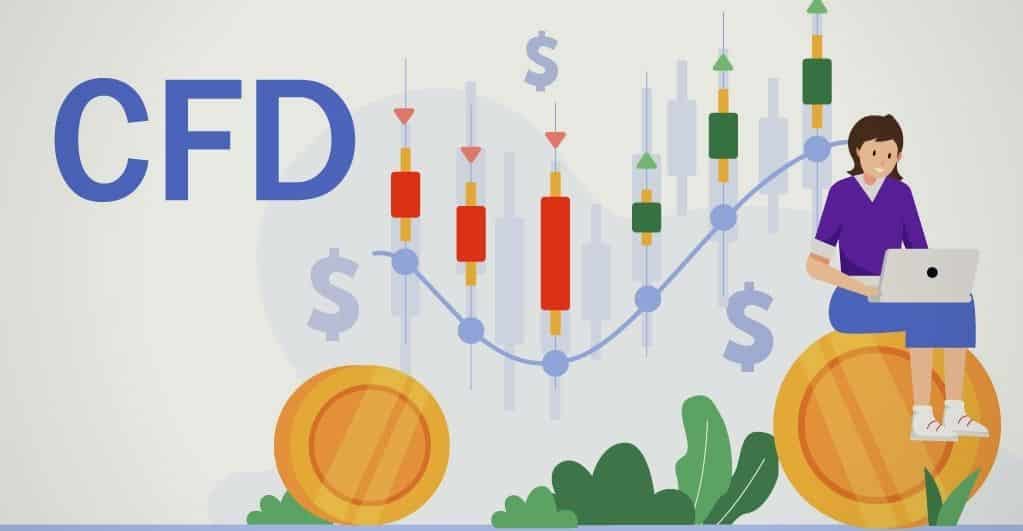
When it comes to trading financial markets, Contracts for Difference (CFDs) have become increasingly popular due to their flexibility and accessibility. Unlike traditional investment methods, what is CFDs allow traders to speculate on the price movements of various assets without owning them outright.
One of the key features of CFD trading is the ability to use flexible leverage. Leverage enables traders to amplify their exposure to the market with a smaller initial investment, potentially increasing both profits and losses. However, it’s essential to use leverage responsibly and understand the risks involved.
CFDs cover a wide range of asset classes, including stocks, indices, commodities, and currencies. This diversity allows traders to diversify their portfolios and take advantage of opportunities in different markets. Additionally, CFD trading is typically commission-free, with costs primarily incurred through spreads, making it a cost-effective option for traders.
While CFDs offer several benefits, including the ability to profit from both rising and falling markets, it’s crucial to acknowledge the associated risks. Market volatility, leverage, and counterparty risk are factors that traders need to consider when trading CFDs. Therefore, it’s essential to have a thorough understanding of how CFDs work and to implement effective risk management strategies.
In conclusion, CFDs provide traders with a versatile tool to access global markets and capitalize on opportunities across various asset classes. However, it’s essential to approach CFD trading with caution and to understand the risks involved. With proper risk management and a solid understanding of market dynamics, traders can potentially benefit from the flexibility and accessibility that CFDs offer.
